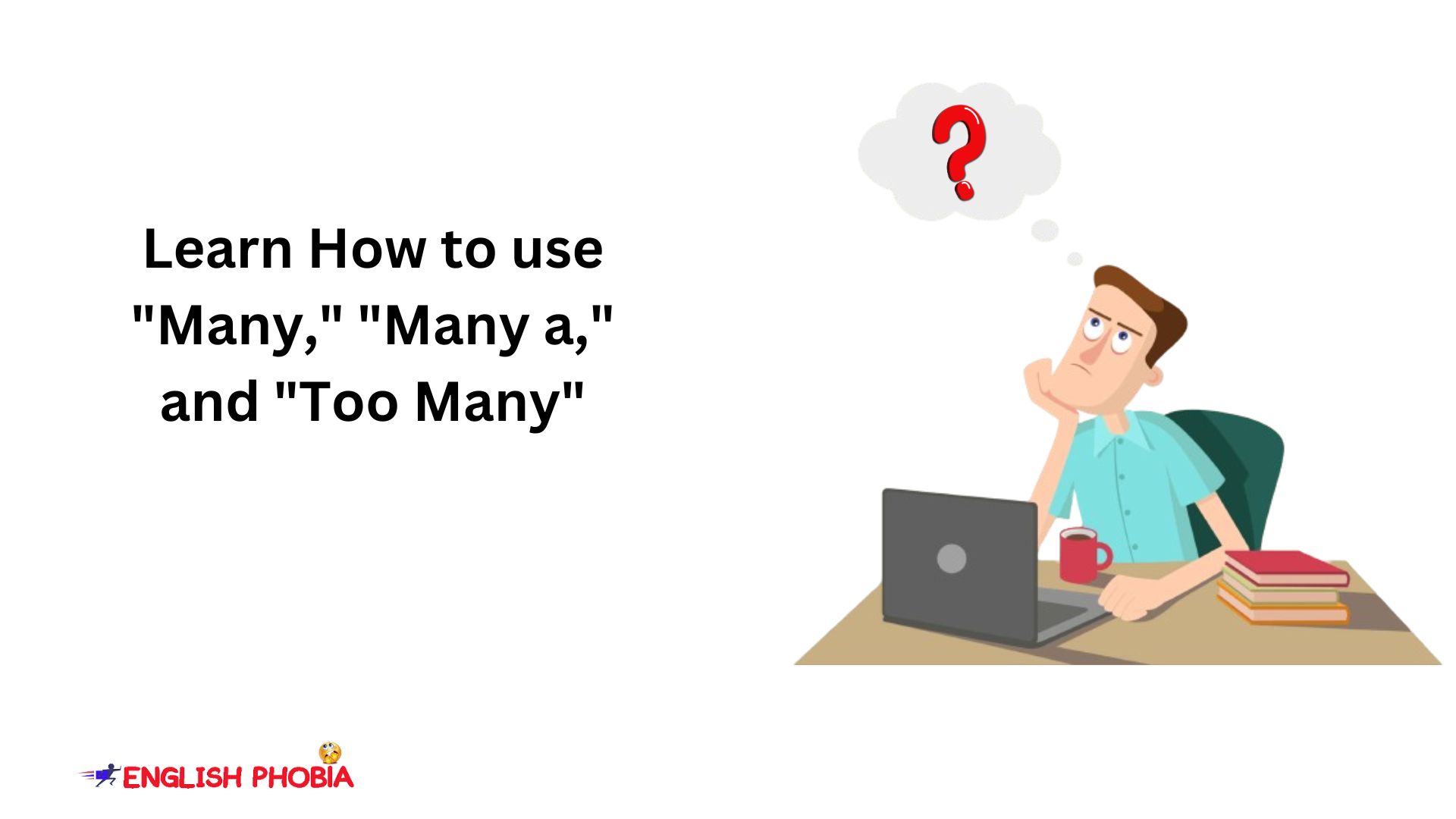Do you know the degrees of comparison in English grammar? Well, learning the degrees of comparison is an important aspect of a language. It allows us to make differences in quality or quantity between the objects and actions.
In this article, we are going to learn various degrees of comparison examples and exercises. This will help you learn this concept easily.
Degrees of Comparison
People also know the degrees of comparison as the positive, comparative, and superlative forms. We use them to compare qualities or quantities of nouns.
Positive Degree
We use the positive degree when there is no comparison. It shows a simple statement of fact.
For example,
Ramu is intelligent.
Comparative Degree
Use the comparative degree to compare two objects or actions. It helps us know the differences between them. Let’s look at some degrees of comparison examples now. You can also learn the Conjunction for comparisons here for a better understanding.
For example,
1) Neha is more beautiful than her sister.
2) Kundan is more intelligent than his students.
3) The bullet train runs faster than express trains.
Superlative Degree
We use the superlative degree to compare three or more object corrections. It shows the superiority of something.
For example,
1) Life is the most important thing.
2) She is the most beautiful girl.
3) My friend is the wisest man in his town.
Degrees of Comparison Sentences
Using the degrees of comparison improves the quality of your writing. Let’s look at some degrees of comparison examples below.
1) Roma is a good singer (positive degree)
2) Roma is shorter than Kamal. (Comparative degree)
3) The Great Khali is the tallest among all the fighters. (Superlative degree)
In case, you are still confused with these structures. Here are some easy examples.
1) The mountain is high. (Positive degree)
2) The mountain is higher than the hill. (Comparative degree)
Learning the rules for degrees of comparison is important. You can use adjectives and adverbs correctly in English with it. Here are five Best Rules for Comparative and Superlative Degrees to keep in mind.
Rule no 1. Formation of Comparative and Superlative Degrees
Positive degree: This is the base form of an adjective or adverb. We use it when there is no comparison.
For example,
Fast, good, or beautiful.
Comparative degree:- People use this degree to compare two things or actions. We form this degree by adding “Er” to one-syllable adjectives or by using “More” before adjectives more than one-syllable.
For example,
One-syllable adjectives
Rich richer
Fast faster
Sweet sweeter
More than one-syllable adjectives
More beautiful
More important
More intelligent
Superlative degree: We use this degree to compare three or more things or actions. We form it by adding “Est” to one syllable adjective and “Most” to more than one syllable adjective.
For example,
One-syllable adjectives
Rich richest
Fast fastest
Sweet sweetest
More than one-syllable adjectives
Most beautiful
Most important
Most intelligent
Rule no 2. Irregular Comparatives and Superlatives
Some adjectives and adverbs have irregular forms. They do not follow any rules.
For example,
1) Good (positive) – Better (comparative) – Best (superlative)
2) Bad (positive) – Worse (comparative) – Worst (superlative)
3) Far (positive) – Farther/Further (comparative) – Farthest/Furthest (superlative)
Rule no 3. Use “Than” for Comparisons
When we compare things, we use the word “Than”.
For example,
1) Neha is more beautiful than her sister.
2) Kundan is more intelligent than his students.
3) The bullet train runs faster than express trains.
Rule No 4. Double Comparative and Superlatives.
We should avoid the use of double comparatives and superlatives. It is grammatically incorrect.
For example,
More better Incorrect
Better Correct
More sweeter Incorrect
Sweeter Correct
Most best Incorrect
Best Correct
Most fastest Incorrect
Fastest Correct
Rule No 5. Using “The” Superlatives
When we use a superlative degree, we should use the definite article “The” before it.
For example,
1) Life is the most important thing.
2) She is the most beautiful girl.
3) My friend is the wisest man in his town.
Degree of Comparison Exercise
We have covered the topic now, let’s have a degree of comparison exercise to check your understanding.
Instructions: Fill in the blanks with the correct form of the adjective given in brackets.
1) This flower is (beautiful) _______ than the one we saw yesterday.
2) Among all the students, Jake is (intelligent) _______.
3) This novel is (interesting) _______ than the one I read last month.
4) That roller coaster was (scary) _______ of them all.
5) Out of all the desserts, the tiramisu was (delicious) _______.
Answers:
1) more beautiful
2) the most intelligent
3) more interesting
4) the scariest
5) the most delicious
Conclusion
Learning the rules for degrees of comparison is important in English. It improves your sentence structure. These rules allow you to compare things or actions. After going through these rules and examples, you can easily use the positive, comparative, and superlative degrees of adjectives. Try these different approaches to your language.











